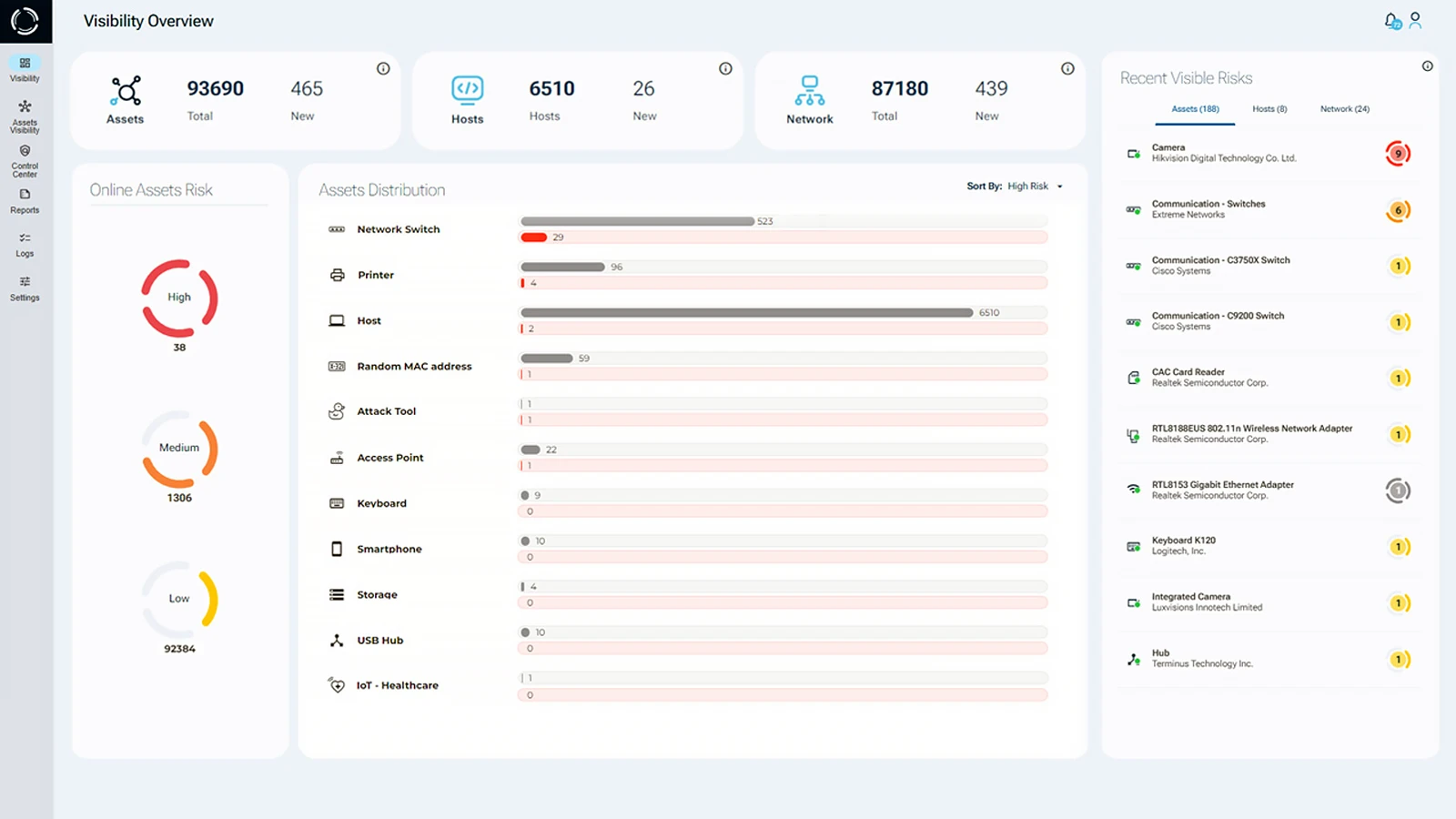Network Access Control Problems
The National Security Agency (NSA) recently released a guide on network infrastructure security. The report advises the implementation of a Network Access Control (NAC) solution to protect the network from unauthorized physical connections. While NAC is a necessary tool, many NAC solutions face limitations due to inherent visibility challenges. This weakness is often exploited by covert spoofing devices that evade detection.
Network Access Control is a traffic-based solution that monitors Layer 2 (OSI Model). Relying on a MAC address or the 802.1x standard to authenticate devices. However, NAC controls get bypassed by MAC-less devices or devices with a spoofed MAC address. This presents a significant risk, as non-802.1x compliant devices, such as many IoT devices, are identified solely by their MAC address, thereby creating large gaps in network security defenses.
Malicious actors exploit the visibility gap with hardware attack tools that impersonate legitimate HIDs by spoofing their MAC address. Without the Physical layer data verification of the true identity of spoofing devices, the NAC solution authenticates them, granting access to the network. Once inside, these covert attack tools can carry out a variety of harmful attacks. Ranging from espionage and data theft to ransomware and man-in-the-middle attacks (MiTM).
Expanded Role of NAC Solutions
Modern NAC solutions aim to enforce policy-driven access control and network segmentation, offering centralized management of connected devices. However, the reliance on Layer 2 traffic and MAC-based identification restricts their ability to detect sophisticated hardware attacks or rogue devices that exploit physical layer vulnerabilities. Additionally, many NAC deployments face challenges with scalability, integration complexities, and delays in threat detection, which reduce their overall effectiveness.
NAC Solution and Sepio: a Perfect Match
Sepio’s solution for rogue device mitigation provides a panacea to the gap in device visibility by covering Physical layer. Sepio uses physical layer data to generate a digital fingerprint of all assets to provide complete security and asset visibility. The solution identifies all hardware devices for what they truly are. Not just what they claim to be – and instantly detects spoofing devices. The enhanced visibility provided by Sepio supports NAC solutions in securing the network infrastructure by offering a more robust dataset. Sepio integrates with existing NAC implementations through the 3rd party REST API option without affecting the performance of the NAC solution.
NAC Solution Implementation
If you are early in your NAC journey or want to complement your current coverage with the Physical layer, there are several approaches you can take, either replacing NAC entirely to achieve a stronger overall security posture without the headaches or replacing parts of your existing NAC implementation. These approaches will be discussed in a future article and include implementing Zero Trust Network Access and utilizing what Gartner refers to as “lightweight NAC.”
In any of these approaches, complete visibility and accurate asset identity remain critical to network infrastructure security controls. At the time of connection, devices must first be discovered, correctly identified, assessed for potential risk and suitability of access, and, if necessary, blocked.

If you need help improving your NAC or moving beyond it, Sepio is here.
Sepio is purpose-built to solve these challenges by providing a complete, trafficless global solution that delivers ultimate visibility, true asset identity, and effective risk mitigation.
Discover What Sepio Brings to Asset Security
Sepio’s trafficless CPS Protection Platform delivers unmatched visibility and control over all assets, known and shadow, at any scale. Its patented physical layer technology provides precise, actionable insights that help security teams manage assets faster and more accurately.
By leveraging physical layer data, Sepio reveals the true risk of every asset and integrates seamlessly with existing tools to enhance visibility and risk management at scale.
Sepio’s patented Asset DNA profiles every device, IT, OT, IoT, and peripherals, even those without identifiers, eliminating guesswork and false positives. This enables accurate risk scoring and proactive response through continuous monitoring powered by machine learning and big data.
With customizable, granular policies, Sepio automates mitigation by blocking rogue devices and attacks via integration with NACs, SOARs, and more, ensuring instant risk reduction without manual effort.
Its trafficless, hardware-free architecture reduces overhead and privacy concerns, enabling easy deployment and scaling for organizations of any size.
Ready to see Sepio in action? Schedule a demo.






